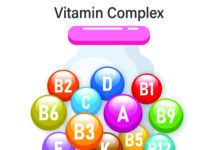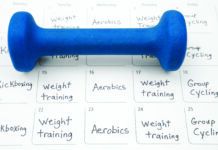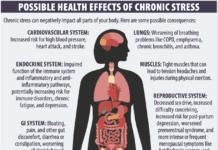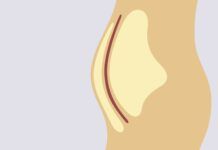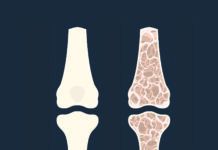If you’ve ever suffered from headaches, you’re well aware how disruptive they can be. When they strike, they might contribute an inconvenience of an hour, wipe out an entire day, or in cases of migraine, especially vestibular migraine, they can negatively impact a person’s overall quality of life. More than 17 percent of women and nearly six percent of men suffer from migraines, and about three percent of adults experience the less common, but no less severe, vestibular migraine. Symptoms may not resemble typical migraine headache, such as moderate to severe pounding or throbbing. In fact, it may not involve headaches at all, but rather vestibular (affecting one’s sense of balance) symptoms, such as vertigo, imbalance, nausea, and vomiting. Many of the triggers, including dietary triggers, for migraine headaches can also cause vestibular migraines. Some research suggests dietary changes, such as following what has come to be called a vestibular migraine diet, may help reduce frequency and severity of vestibular symptoms.
Dietary Choices for Vestibular Migraine
Choosing certain less “triggering” foods may help avoid these painful headaches.
To continue reading this article or issue you must be a paid subscriber. Sign in
Get the next year of Tufts Health & Nutrition for as little as $18. And access all of our back issues and online content free of charge.
Subscribe today and save 36% off the regular rate!







